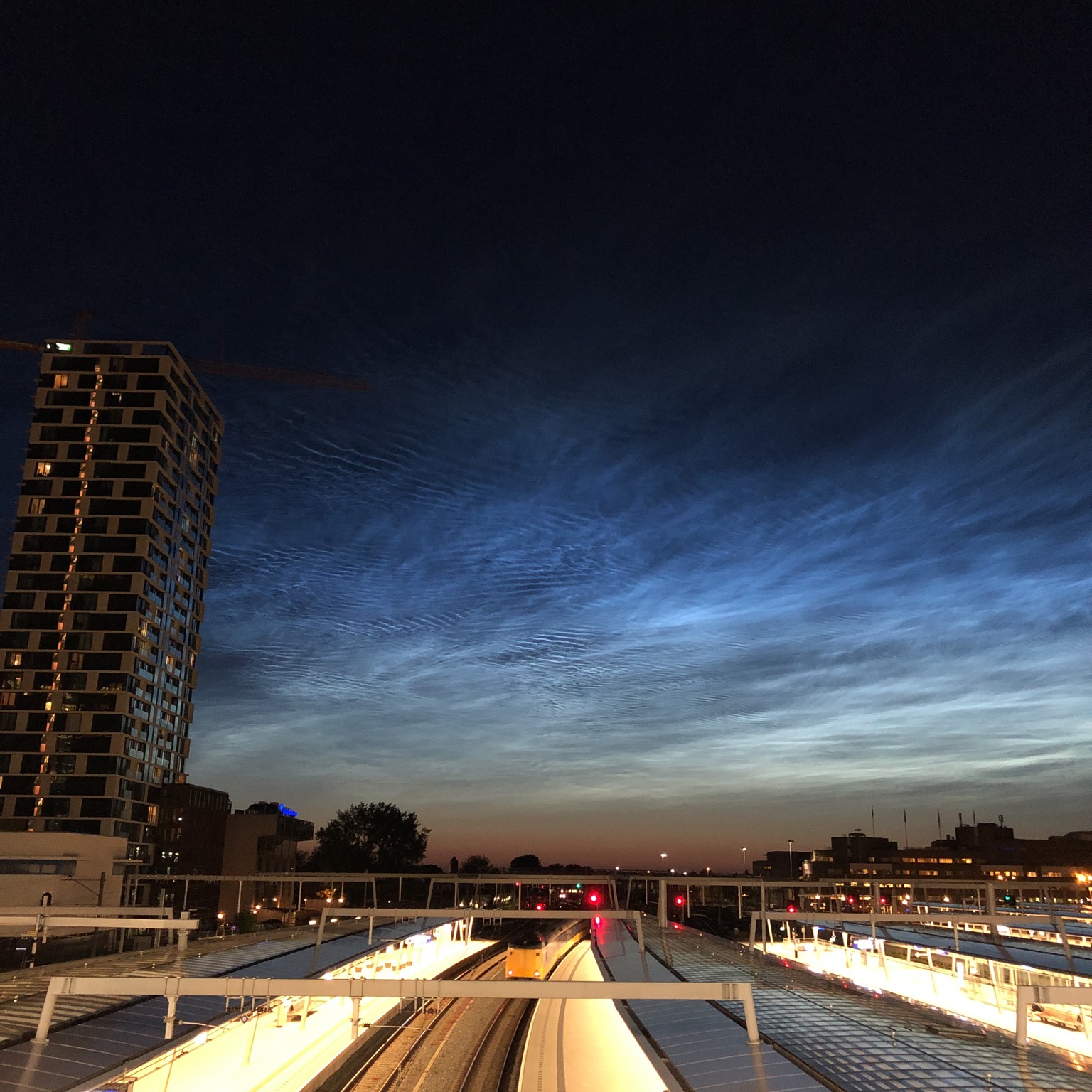Forming at altitudes of 10–20 miles (15-25 km), up in the stratosphere, at temperatures of around -85˚C (-121˚F), nacreous clouds show beautiful iridescent pastel hues as they scatter the light from the Sun when it is just below the horizon.
Sometimes called ‘mother-of-pearl clouds’, their tiny, uniform ice crystals are very good at diffracting sunlight. This separates the light into bands of colour, to create a much more dramatic version of the iridescence sometimes seen in lower clouds.
Also known as ‘polar stratospheric clouds’ since they tend to appear over higher-latitude regions of the world, nacreous clouds are like a stratospheric version of the lenticularis species of wave cloud. They form when the atmosphere is so stable that waves produced as air flows over mountains down at ground level are transferred up through the atmosphere, and push moisture into the lower stratosphere. The best time of year to spot them is in winter, when temperatures are lowest.
Nacreous are known as Type II polar stratospheric clouds, and are made of ice crystals. There is another type of cloud up in the stratosphere, known as a Type I polar stratospheric cloud, which consists of droplets of nitric and/or sulphuric acid. These clouds are actually destructive for our environment. Their droplets act as catalysts that encourage the destruction of the protective ozone layer. They have only subtle, flat colouration, and so they’re not even described as nacreous clouds. Best stick, instead, with appreciating the harmless, colourful ones.




